Hamakua Coast, Big Island
sarita
18 years ago
Related Stories

LIVING ROOMSRoom of the Day: East Coast Preppy Meets West Coast Cool
A living room designed for entertaining goes bicoastal with a look that’s equal parts sophisticated and casual
Full Story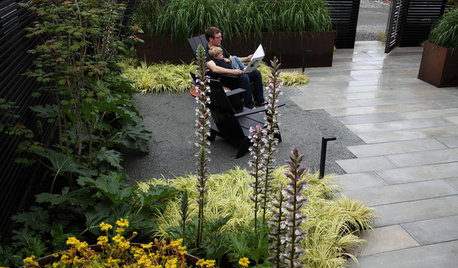
LANDSCAPE DESIGNNodding to the Coast in a Bainbridge Island Entry Garden
Puget Sound inspired this front yard, but modern touches — not coastal clichés — fill it
Full Story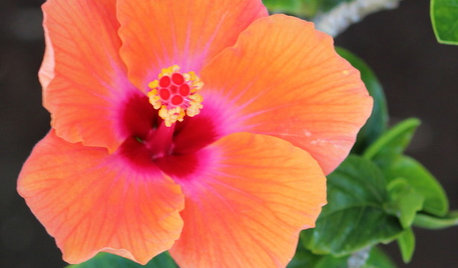
GARDENING GUIDES8 Take-Home Planting Ideas From Hawaii's Big Island
Bring the tropical spirit of Hawaii to a mainland garden — for a summer or even longer
Full Story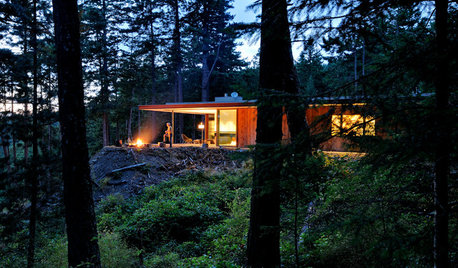
HOUZZ TOURSHouzz Tour: Just What Mom Wanted, Off the Washington Coast
With an art studio, age-in-place features and a view-maximizing design, this home shows just how well the architect knows his client
Full Story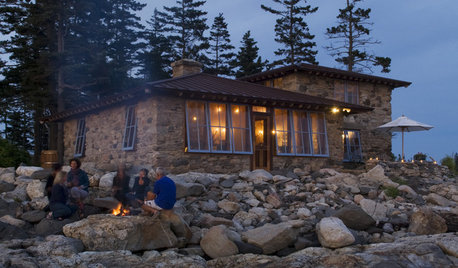
HOUZZ TOURSHouzz Tour: Vacation Cottage Defies a Stormy Coast
A couple revives an old stone hunting retreat in Maine, despite its being in a fearsome flood zone
Full Story
KITCHEN DESIGNKitchen of the Week: Buoyant Style on the New England Coast
Cheerful and bright, this Massachusetts kitchen celebrates the glorious seascape just outside its windows
Full Story
ARTBring the Surf Inside With Big Beach Photos
Oversize photos of the coast are a trend these days — have you noticed?
Full Story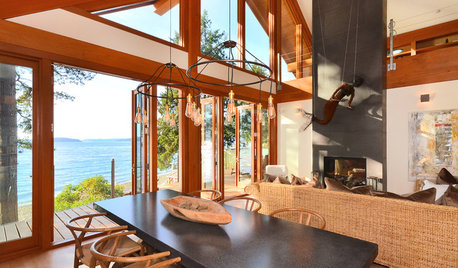
HOUZZ TOURSHouzz Tour: Ocean Views Exhilarate on the Sunshine Coast
Expansive gable windows and French doors offer an uninterrupted vista of the Pacific in this bright British Columbia A-frame
Full Story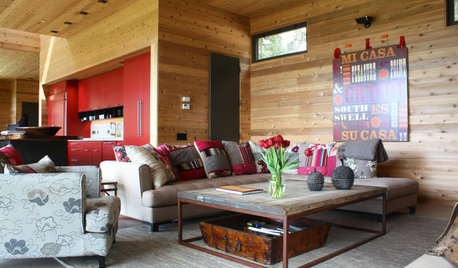
HOUZZ TOURSMy Houzz: Contemporary Camp Style Wows on the U.S. West Coast
Guest cabins, a barn for parties and a spacious communal bathroom make a couple's coastal home an entertaining dream
Full Story






leilaniguy
hotzcatz